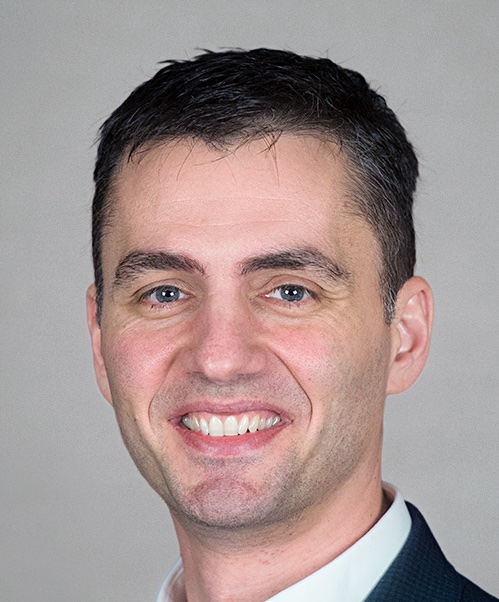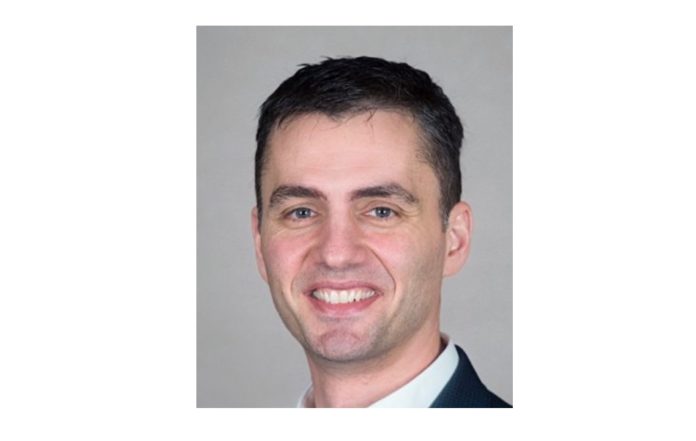Data protection is a mature market with a tremendously sticky product and wonderful growth prospects.
This was my conclusion after talking with Veeam CTO Danny Allan at a UK VeeamON Tour event. The reasoning starts from the point of view that, unlike many areas of IT, there has been no consolidation of data protection to a few large suppliers – such as has happened in SSDs, DRAM, server CPUs, disk drives, servers, operating systems, hyperconverged systems and so forth.

Backup software is a kind of digital superglue. That’s mostly because a backup data set has a proprietary format and it’s impractical to convert from one supplier’s backup format to another – from Veeam to Veritas NetBackup say, or IBM TSM to Commvault. If customers do need to convert a backup dataset, Allan said that, in his experience: “They typically pay a third party to do it.”
The process is generally primitive and time-consuming, in that there is no direct conversion from one supplier’s format to another. Instead, the source backup data has to be rehydrated – restored – and then backed up again using the new supplier’s software. Generally, Allan said, a customer who has changed a backup supplier for a workload will retain the old backup software and its data set and let it age out. At that point it can be deleted and the old backup software discarded.
With this in mind it’s clear that a backup supplier has to foul up pretty badly for a customer to replace it with another supplier to protect the same workload.
The second realization is that there are virtually no greenfield data protection prospects any more. Any business or organization with an IT department has data protection arrangements in place already. The only new business that comes into being is when an existing customer develops new workloads which have no protection arrangements. By default the existing data protection suppler (or its channel partner) gets first crack at protecting the new workload. If the existing backup supplier can’t protect it – either not at all or not well enough – then a competing vendor can get a look in.
With this background of precious few new customers and virtually no competitive take-out opportunities it’s clear that data protection has mature market characteristics. But it also has high-growth characteristics too – because data volumes are growing, and new workloads need protecting.
There’s no need to justify the fact that data growth exists; the signs are everywhere. Businesses are collecting and analyzing more data, both for existing workloads and for new ones like machine learning and genomics, video production and surveillance and so forth.
All backup suppliers will generally charge by the amount of data protected – so if it goes up, so too does the vendor’s revenue. Another massive source of new data to be protected is the adoption of new workloads.
Allan said: “We’re on a decade cadence.” Each decade has its solidifying technology and its emerging technology. Ten years or so ago the solidifying technology was server virtualization and the emerging technology was cloud. Before that virtualization was the emerging technology and physical server workloads represented the solidifying technology.
Now we are in a decade with cloud becoming a solidifying technology and Kubernetes representing the emerging technology. That’s why Veeam bought Kasten two years ago – to acquire and then develop its ability to protect Kubernetes workloads. It will protect them wherever they exist: on-premises and in the public clouds.
Allan said Veeam is growing “more than 20 percent a year” and cited an IDC report putting Veeam in joint first place in the data protection market with Dell Technologies. IDC said Veeam’s first half 2021 revenues were $647.17 million, up 14.8 percent on an annual basis, and giving it a $1.29 billion annual run rate. Dell revenues for the same period were $665.46 million, down 10.9 percent year-on-year, giving it a $1.33 billion run rate. Extrapolate the growth/decline rates to the first half for this year and you arrive at Veeam in first place with Dell second.
Allan seemed confident that Veeam would achieve the top spot. If that happens then, we think, Veeam might well look favorably on running an IPO. That would be a coup for fresh CEO Anand Eswaran and likely what he was brought in to achieve.








